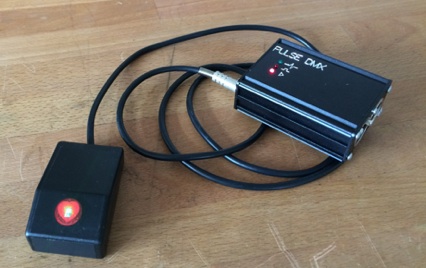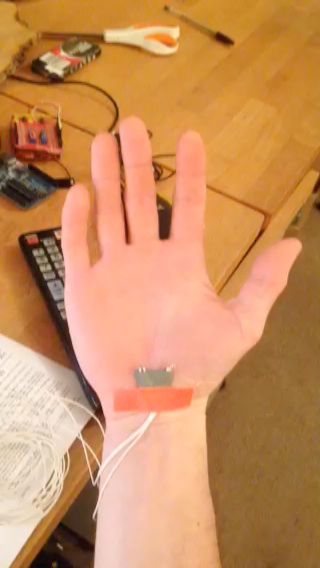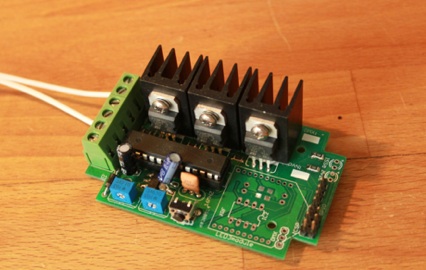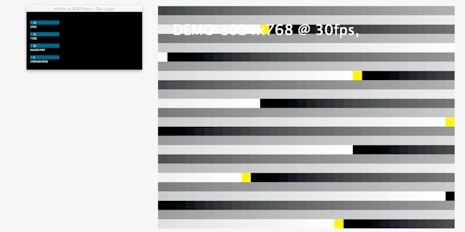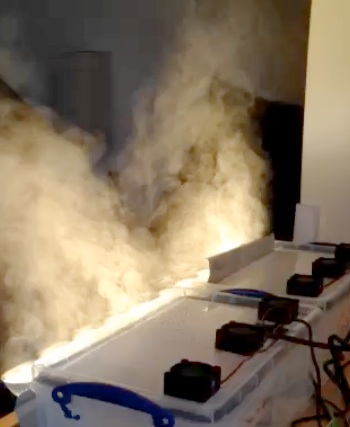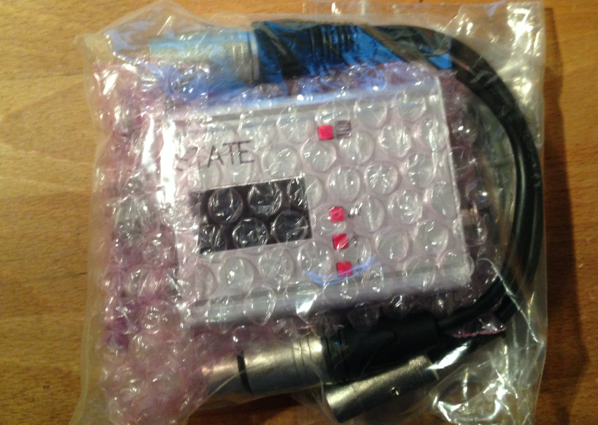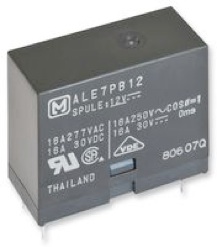I recently read Wayne Howells excellently detailed “DMX Debugging” article in LSI (July 2017 p86) , and thought I would add my 2p. This is not strictly a project, however is does lay the bed for a new project, STATUS – a tool to test networked lighting systems… but more on that later.
I rarely work with equipment that does not come fully serviced from a hire shop, so much so that thankfully I would say that cable and fixture faults a a rarity. This however has not stopped me scratching my head over some bizarre control problem on a regular basis. If fixtures are suspected, simple bypassing by joining their in/out cables together or using a new cable to exclude whole areas from the search can find problem areas easily. Many problems can be eased with the aid of a simple dmx test tool.
Note simple. I don’t need my iPhone to call the mothership to download a fixture profile, in all of the cases below the tester should be used to verify the correct signal is present, be that existence of good DMX, presence of the correct universe, presence of the correct level of the correct channel where it is expected. (All DMX In modes).
Before you get to DMX IN, I often just check that the fixture responds to me, when I am standing right in front of it connected via a short cable. Don’t I need a fixture profile?, no not really. Selecting 1 thru 512 and wheeling up should bring up the dimmer, move the thing about it and change all the features at once. In this case I don’t want to test the fixture really, just that it is able to respond to DMX, and pass DMX through to all the other fixtures that should now all be doing the same hideous dance. This has proved (coupled with a bit of understanding of your own system) to successfully find air gaps, wrong universes, buffers not outputting anything, faulty cable in the middle of a run of fixtures. So that is DMX Out mode on your tester.
Here are a few faults I have worked in in the last year, as you might work out, at least 50% of these are not the fault of the equipment. None of the unnamed equipment gear mentioned below is from one of the cheaper manufacturers. Lots of the problems could have been solved in a more efficient way by calm accurate communication*.
Case of mistaken identity
A new fixture on an existing DMX line does not respond as it should… the address is correct on the fixture and the patch. Installation was done (by me) several weeks earlier. This universe is not the universe you are looking for.
Fixtures fail to respond at all
Short to chassis earth due to a cable fault.
Faulty fixture has a non passive output
Crazed fixture has gone into some kind of master mode sending crap data all over the place. Identified by bypassing each fixture in turn.
The lighting desk says it is on, but it isn’t.
– Profile is not correct for the mode the fixture is in, fixture actually has two extra mysterious timing channels that mean that the whole rig is now overlapping. Causing fixtures to work in some cues, and then not in others….
Some fixtures respond on a line but others don’t… and they all worked a half an hour ago.
Cable fault near the end of the line. The older fixtures can deal with some nasty reflected goodness, the new ones lock up completely crashing their UI. Did somone mention terminators?
Fixture makes no sense on console, R G B work individually, but as R is added to G for example the fixture snaps to full white. Surely a console/programmer problem? – Address the fixture to 1 and check with a DMX tester to find exactly the same result. New firmware needed as some ‘smart led calibration routine’ is, not so smart.
And all of this is on the copper.
And then we add the artNET, SACN, console to console syncing mysteries….
*easy to type, not easy to do. It should work already, you idiot!

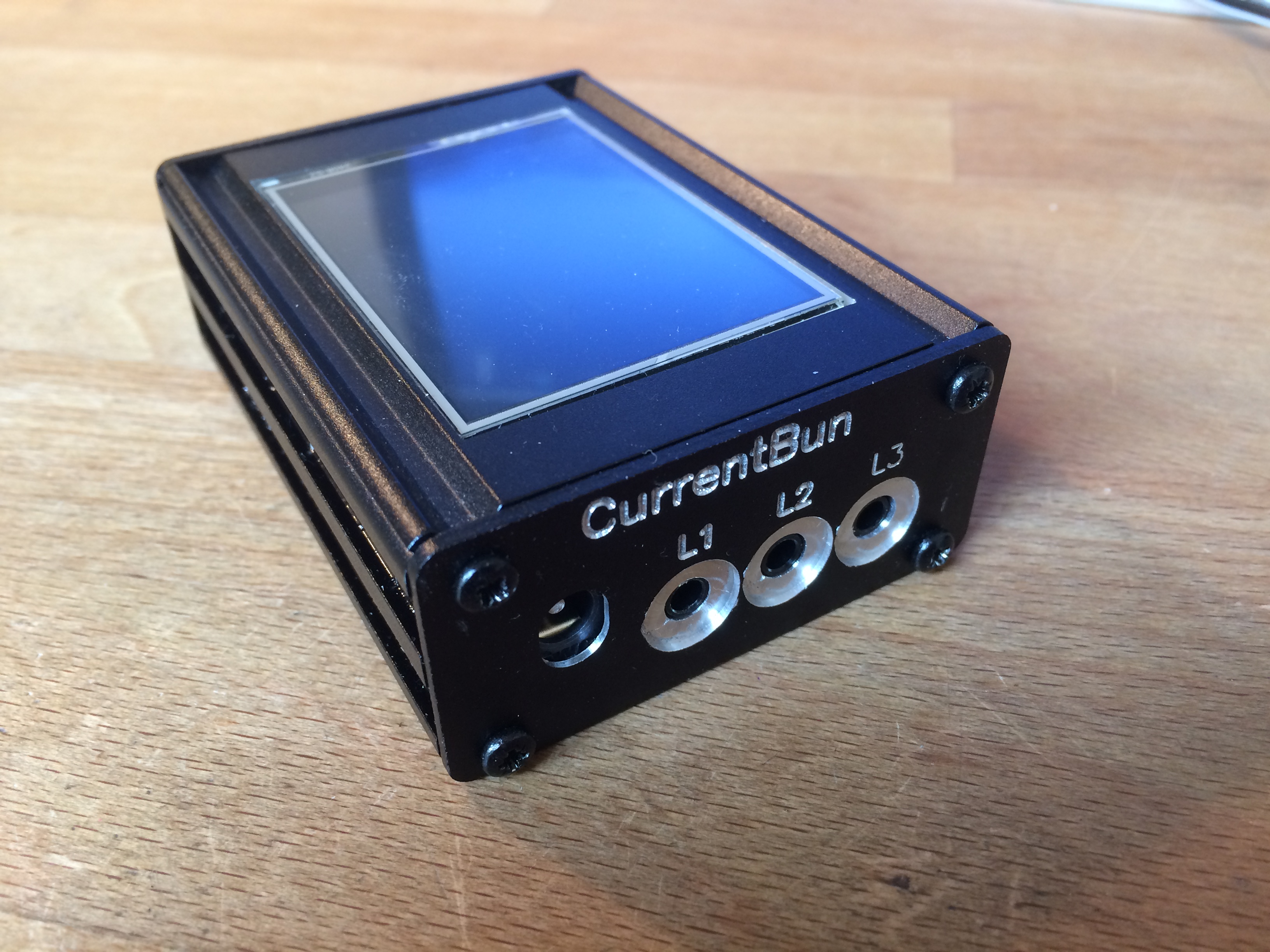
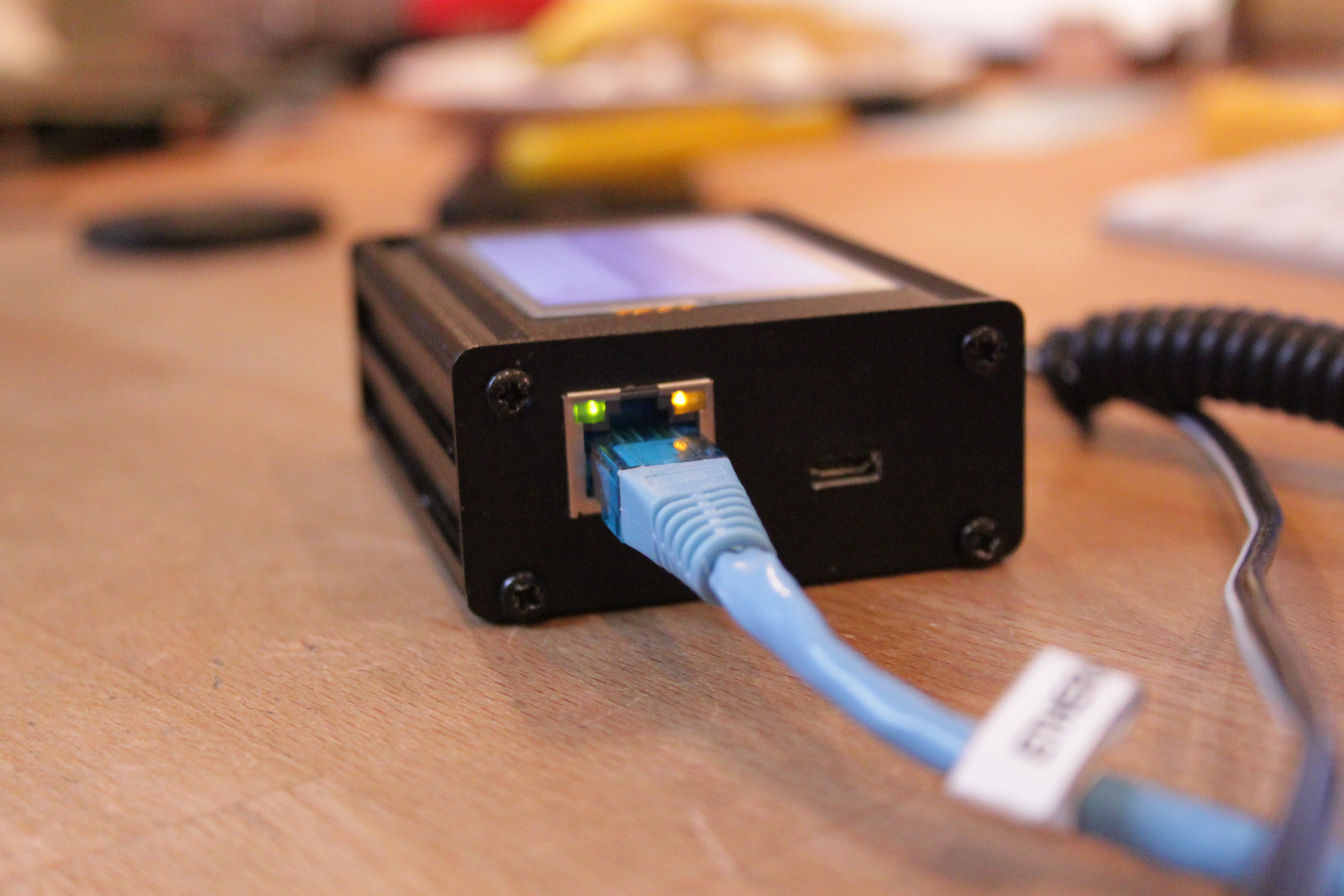

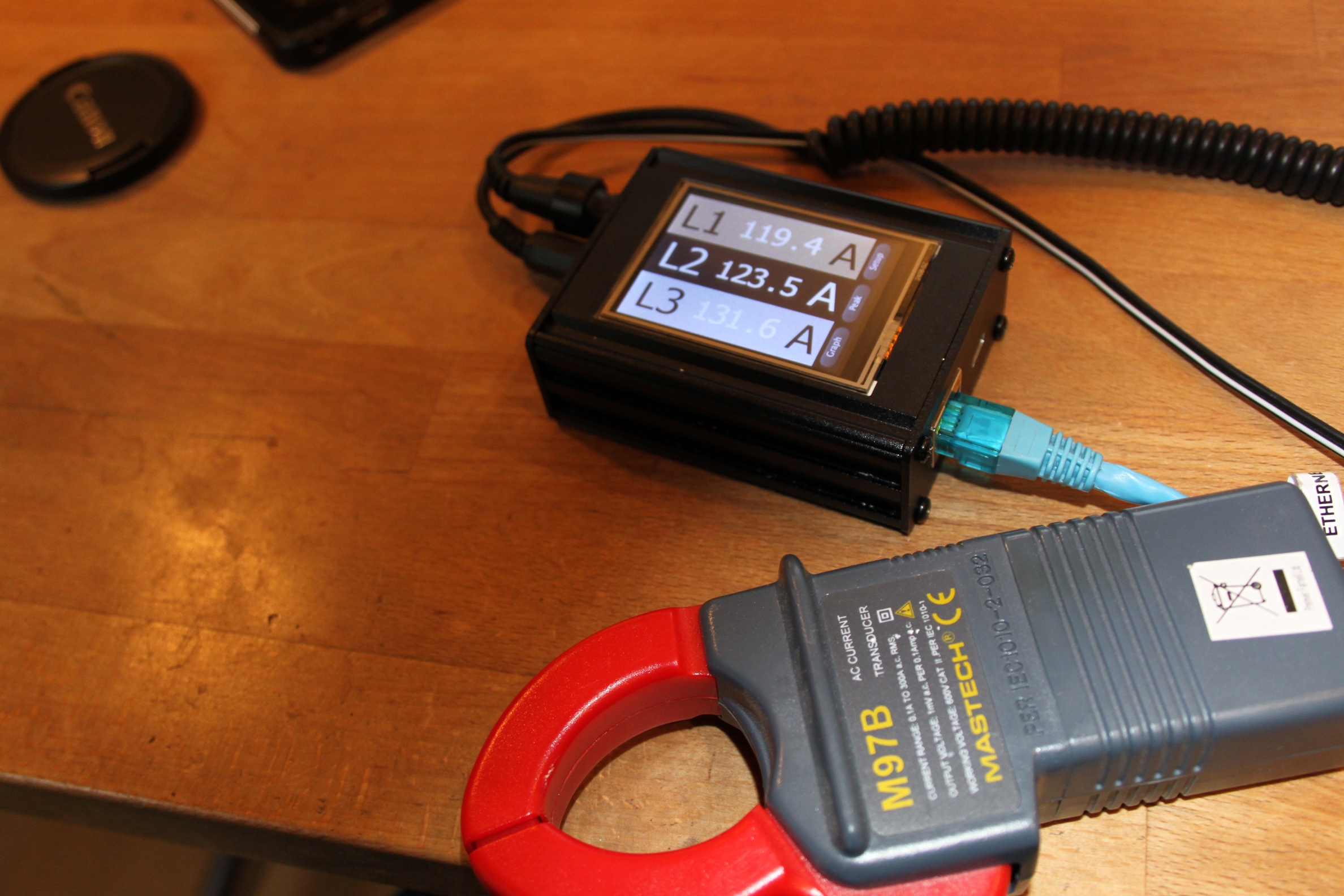


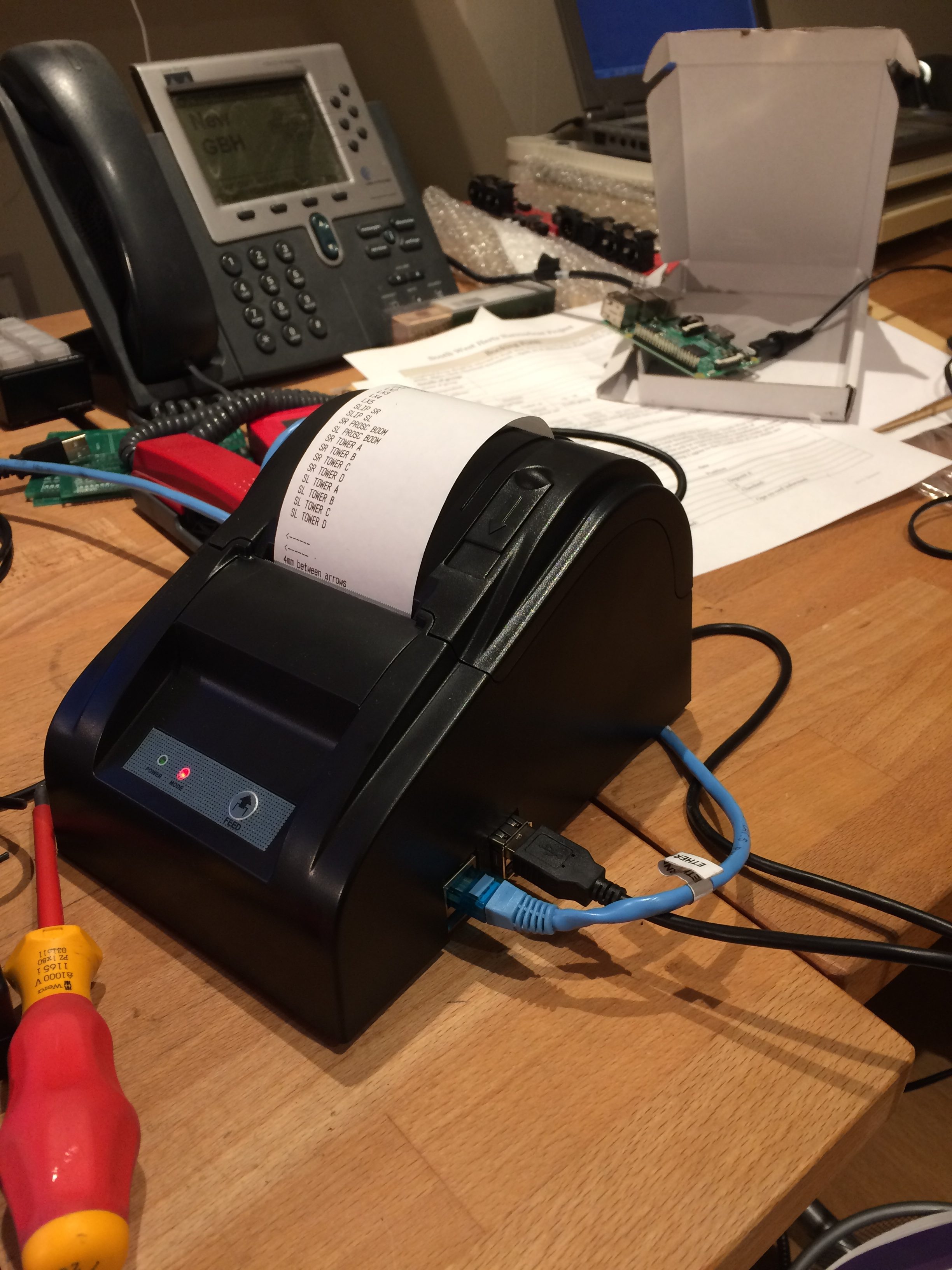
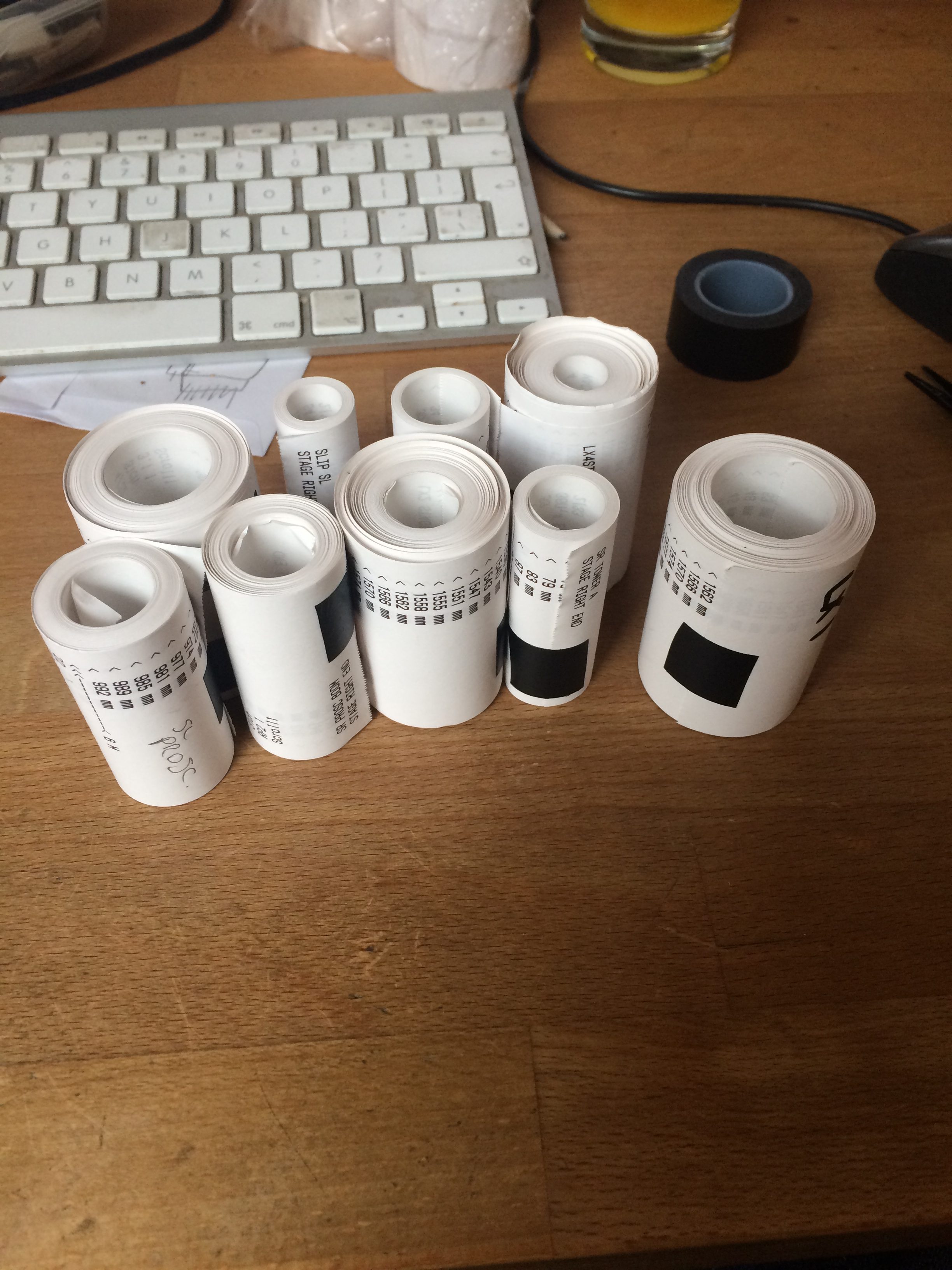
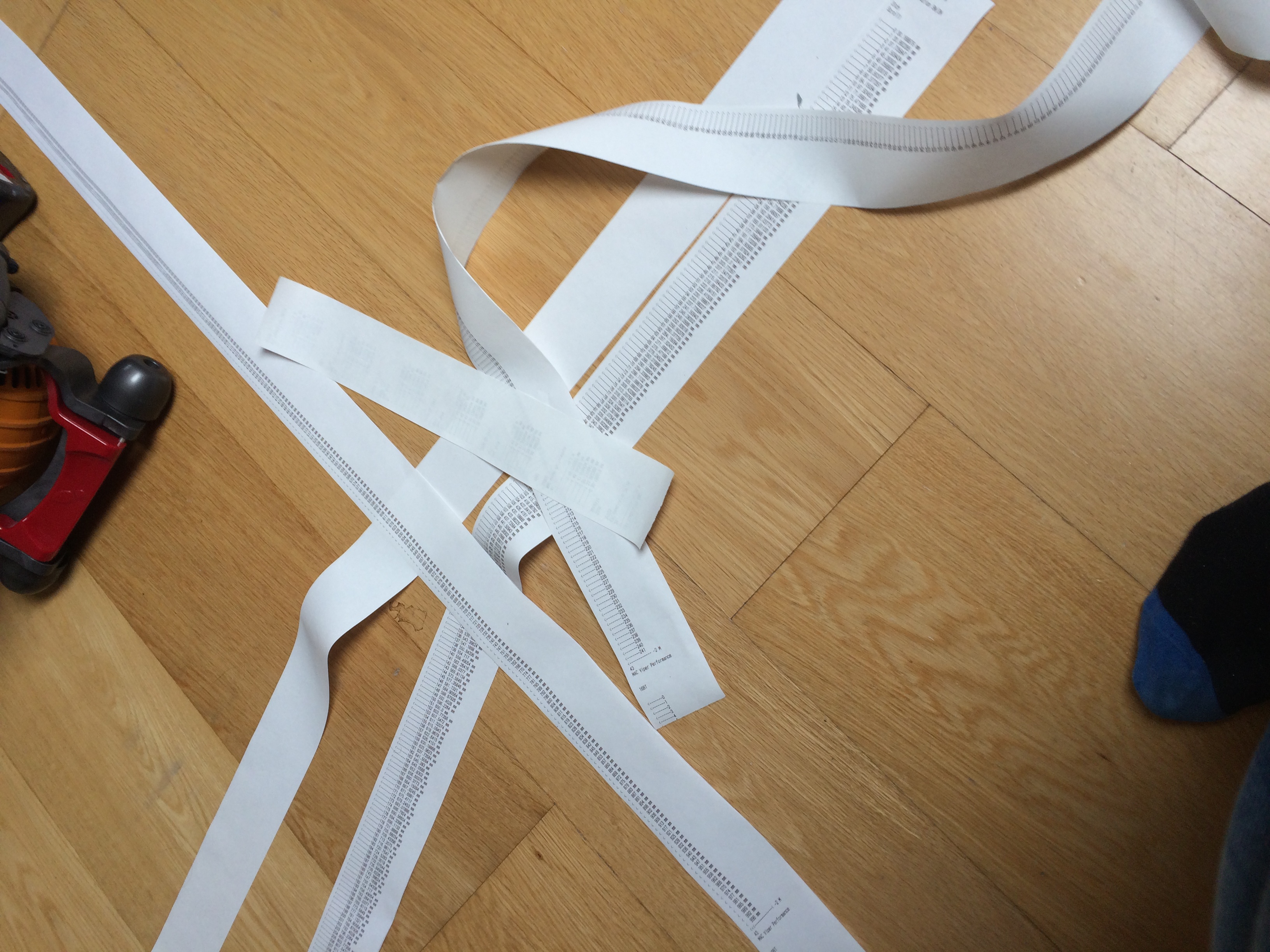
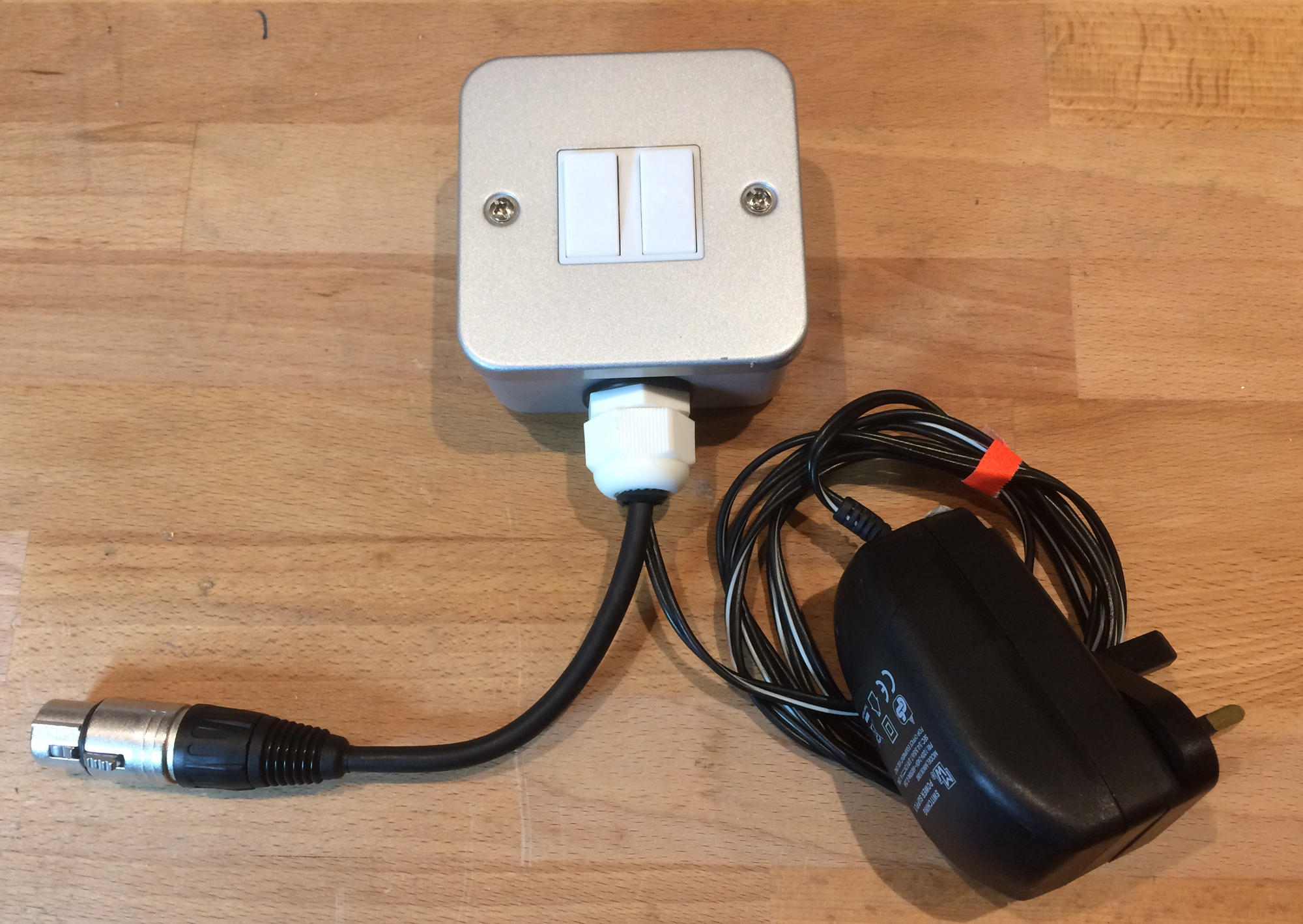
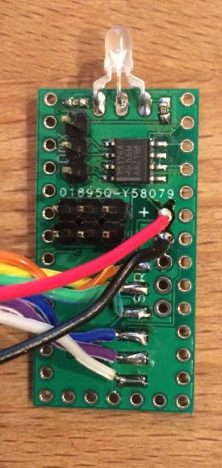 After a quick search around I couldn’t find anything that easily added a RS485 transceiver to the
After a quick search around I couldn’t find anything that easily added a RS485 transceiver to the 
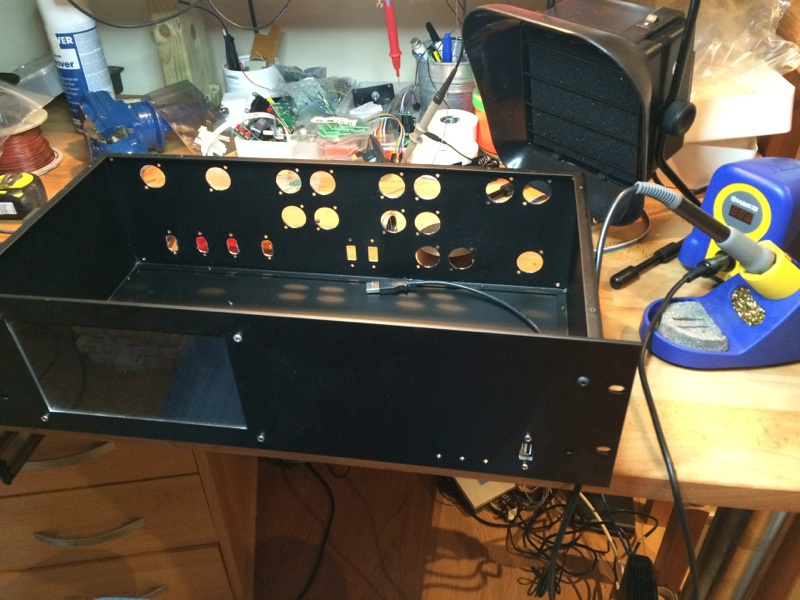
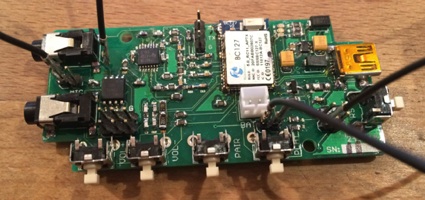
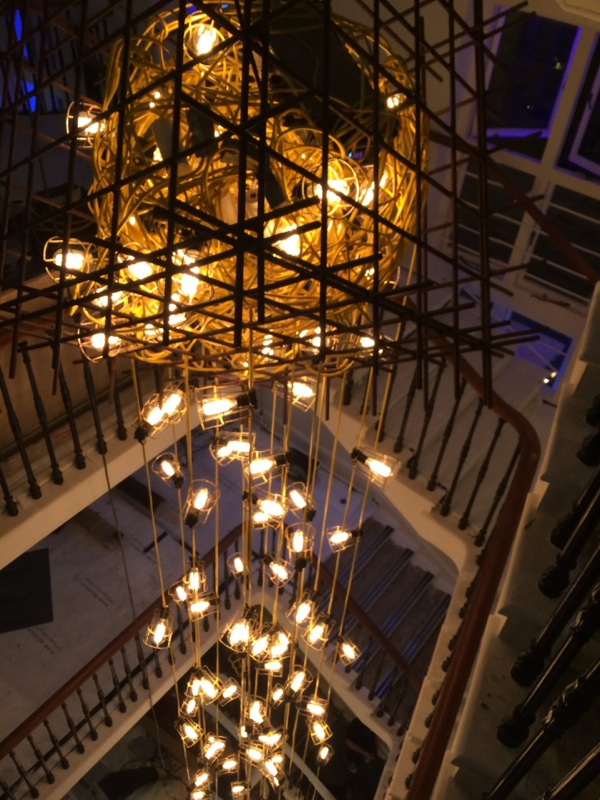 This Chandelier was created by designers Rob Howell and Hugh Vanstone for a refresh of the Foyer lighting in the Old Vic Theatre in London. It is made up of twenty strands of yellow construction site festoon tangled and dripping from a meter square rebar cage suspended ten meters above the foyer.
This Chandelier was created by designers Rob Howell and Hugh Vanstone for a refresh of the Foyer lighting in the Old Vic Theatre in London. It is made up of twenty strands of yellow construction site festoon tangled and dripping from a meter square rebar cage suspended ten meters above the foyer.